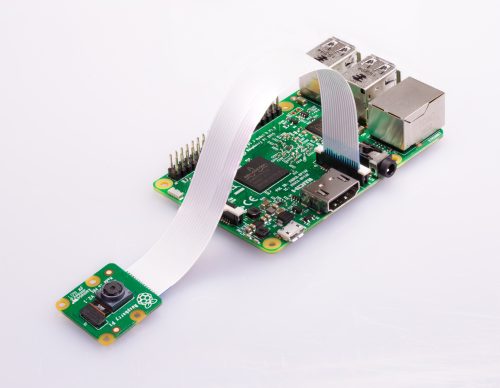Schlagwort: team
-

DIE TOM CLANCY’S RAINBOW SIX® PRO LEAGUE STARTET MORGEN BEIM INTEL® EXTREME MASTERS IN KATOWICE!
Reading Time: < 1 minuteUbisoft® kündigte an, dass die Season One der offiziellen Rainbow Six Pro League morgen beim Intel® Extreme Masters in Katowice startet. Zuschauer können Matches zwischen den besten acht PC-Teams aus Europa live verfolgen, während Besucher am Ubisoft Consumer-Stand die neuesten Inhalte von Rainbow Six Siege spielen können. Die Rainbow Six Pro…
-

Steam controllers will only be made by Valve
Reading Time: < 1 minuteValve’s Greg Coomer has revealed to IGN that only Valve will be manufacturing Steam Controllers due to the carefully tuned product they have. The controller is going to be a Valve product, we’re going to manufacture it. We’re going to supply all the people who are making third party Steam Machines…


